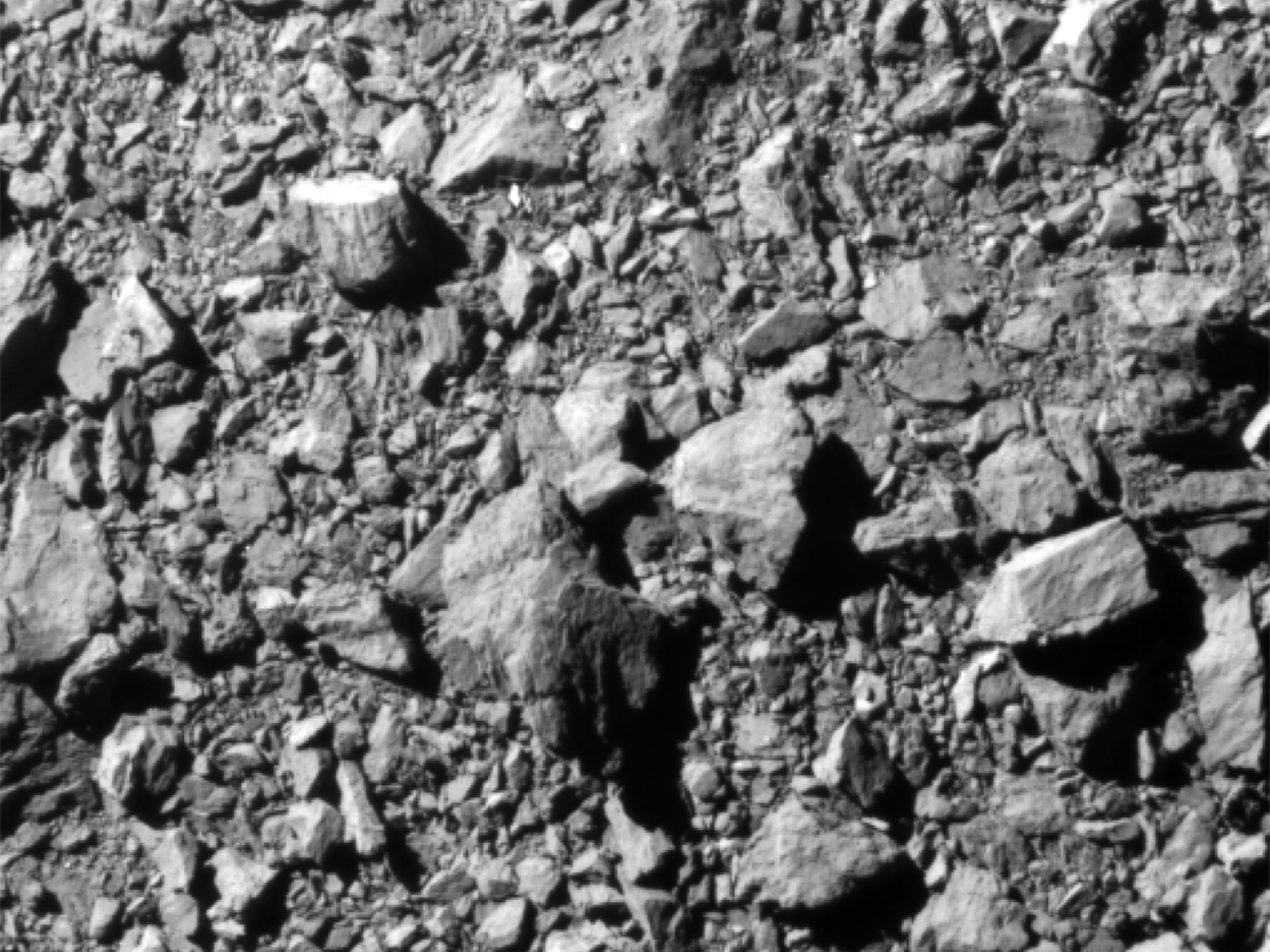
Missing Spacecraft Found on Mars After 11-Year Search
Europe's Beagle 2 is sitting on the Martian surface, dead but mostly intact.
The European Space Agency's Beagle 2 lander, which vanished from contact after setting down on the red planet on Christmas Day 2003, has been found at last.
The find solves a mystery of more than a decade—whether and where the craft landed—but has yet to explain why Beagle 2 never established radio contact. NASA's Mars Reconnaissance Orbiter spotted the craft's remains from space, lying with its solar panels partially deployed about three miles (4.8 kilometers) from its intended landing site. The Beagle lies in the Isidis Planitia region of Mars, at the edge of a long-vanished ocean.
"Every Christmas Day since 2003 I have wondered what happened to Beagle 2," said Mark Sims, of the U.K.'s University of Leicester, the mission manager, in a statement. "To be frank, I had all but given up hope of ever knowing."
The mission of the Beagle 2, named in honor of Charles Darwin's H.M.S. Beagle, was to look for signs that life might have thrived here billions of years ago.

It's hardly the first Mars probe to go missing: The history of space exploration is full of examples—perhaps most famously NASA's Mars Climate Orbiter, which overshot the planet entirely in 1999 because one team of engineers did its calculations in English units (that is, feet and miles) and another used the metric system.
Another NASA probe, Mars Observer, was lost in 1992, most likely because a fuel pipe exploded as the craft approached the red planet, sending it into an uncontrolled spin.
"It is difficult to land on Mars, there's no doubt about it," said Colin Pillinger of the U.K.'s Open University, Beagle 2's lead scientist, at a press conference shortly after the probe was lost. "You are facing hazards that you cannot quantify and you cannot prejudge." Pillinger died last May without ever knowing the fate of his spacecraft.
What Went Wrong?
Even with the new images, it's still not entirely clear what happened to Beagle 2. The craft separated successfully from the Mars Express orbiter, which is still operating. And it landed successfully, which in itself was a major achievement, says Jim Clemmet, Beagle 2's chief design engineer. "It's both brilliant and frustrating," he says.
But the probe's radio antenna was blocked when the solar panels failed to open completely, for reasons that aren't clear. Without the radio antenna, Beagle 2 couldn't communicate, and couldn't be controlled from Earth.
At least one theory—that rocks on the ground blocked the solar panels from full deployment—is now considered unlikely, given that the landing spot is relatively uncluttered.
Instead, the solar panels might have been blocked by one of the lander's airbags. It's also possible that the probe was physically damaged on landing. Engineers will try to get more images to figure out which of these it might have been.
But many of the scientists who worked on Beagle 2 are looking forward, not back: They're part of the team that's hoping to put the European ExoMars rover down on the surface in 2018. Its mission, like Beagle 2's—and like pretty much every other Mars mission since the Viking landers of the 1970s—is to try and understand whether conditions on the planet might once have been friendly to, and perhaps even been home to, living organisms.
Follow Michael D. Lemonick on Twitter.





